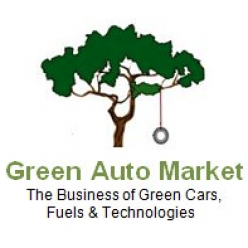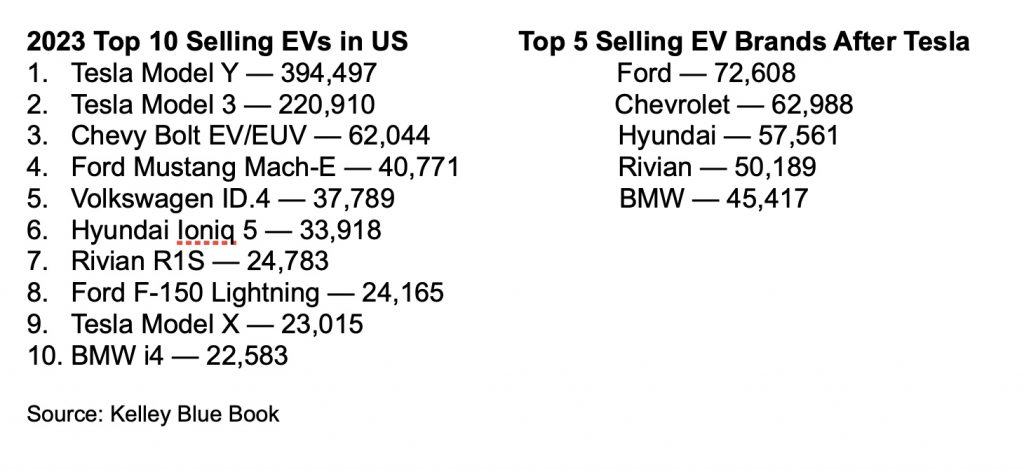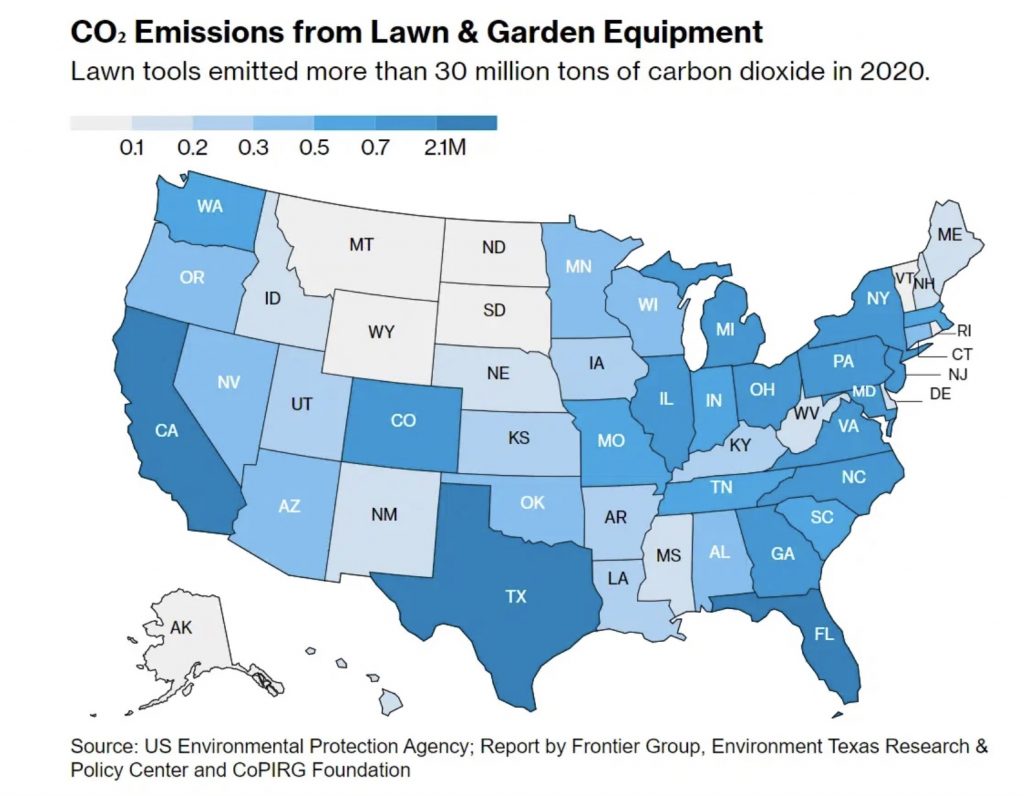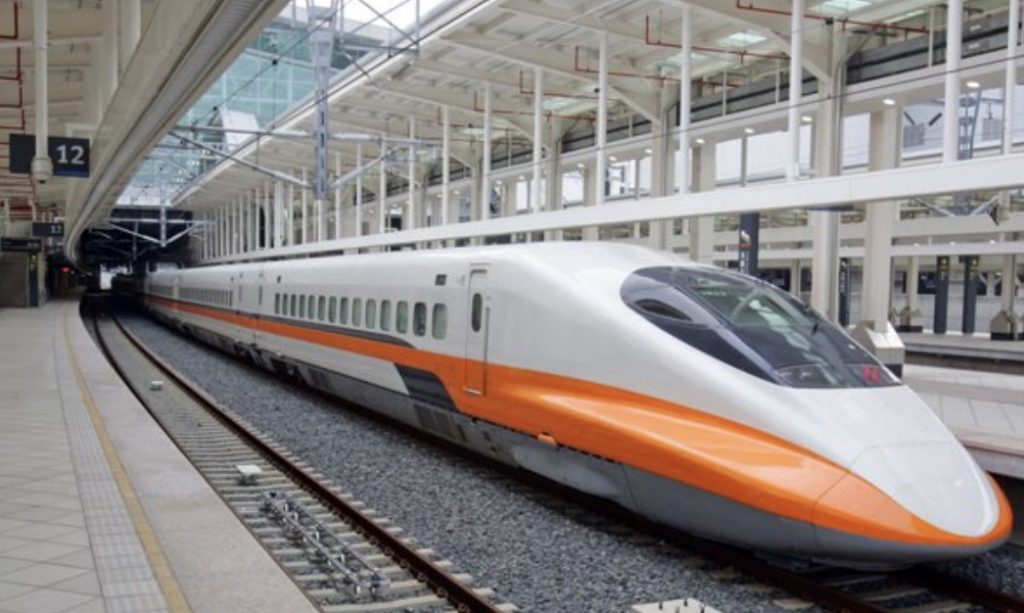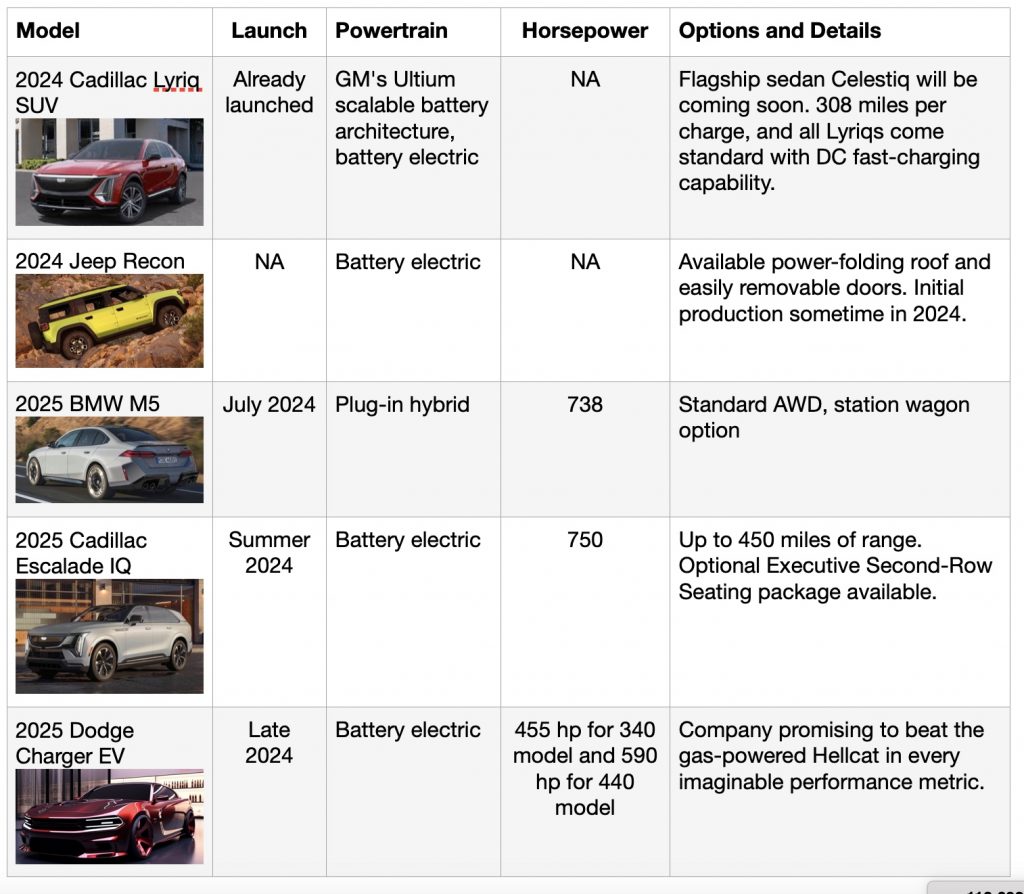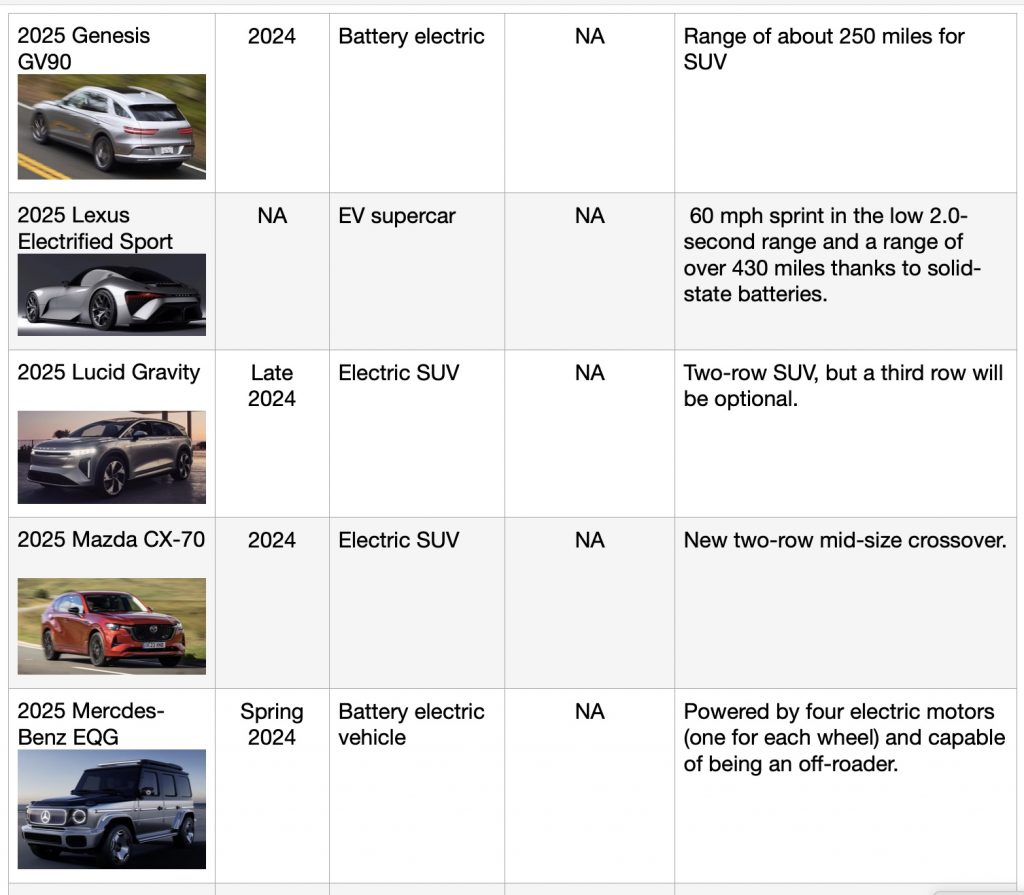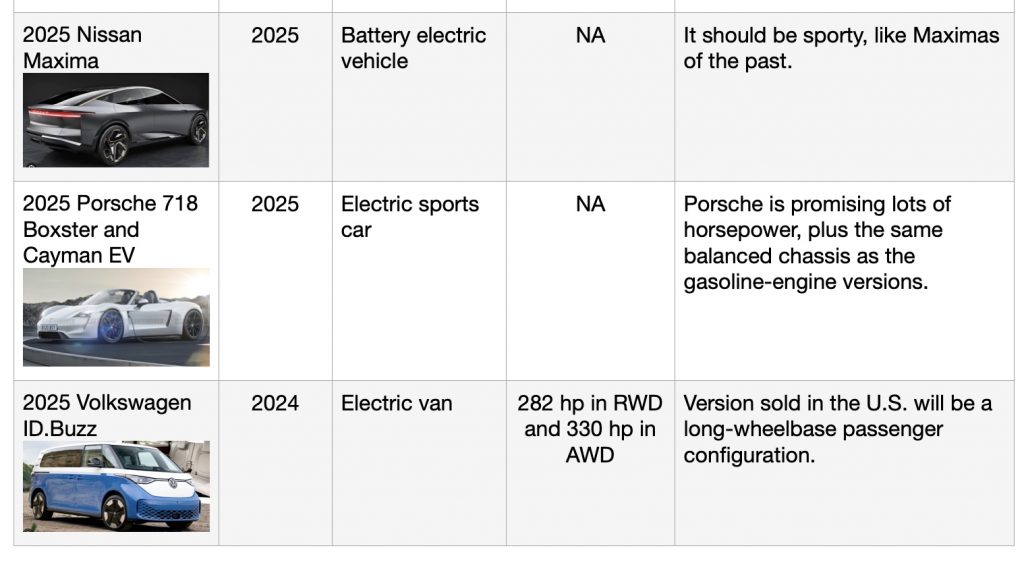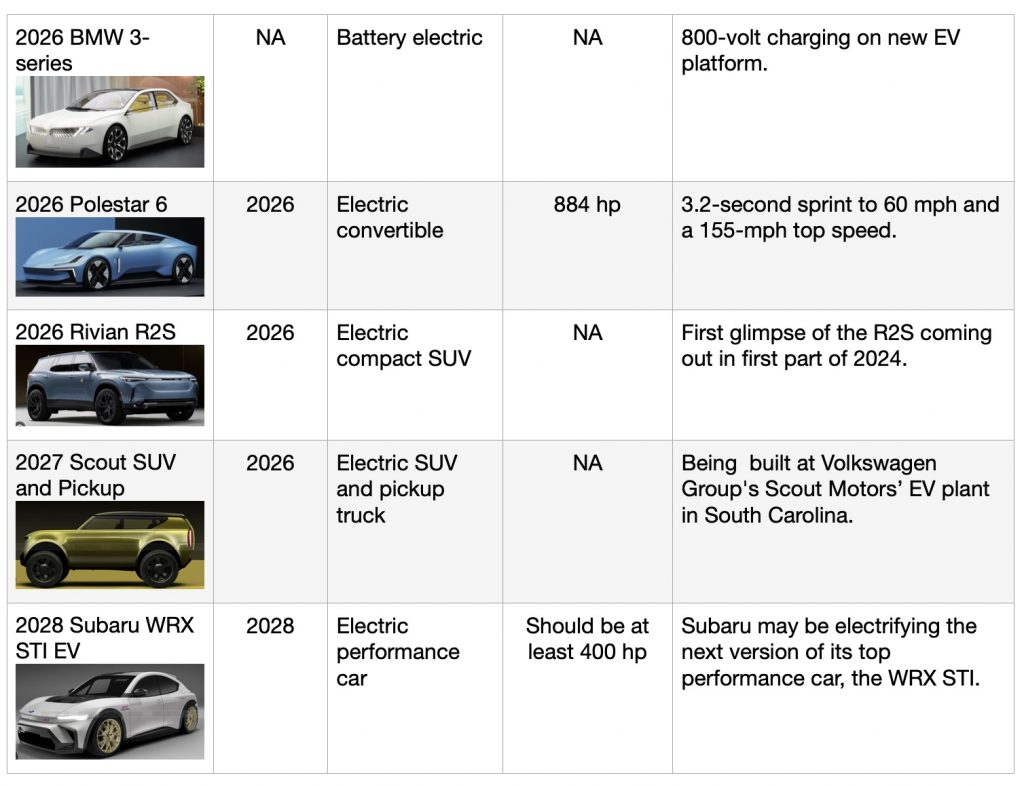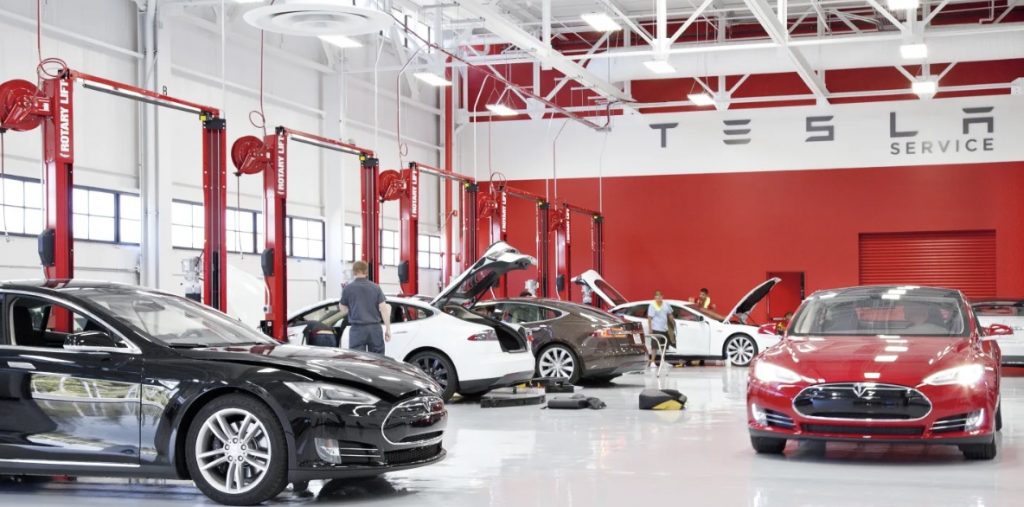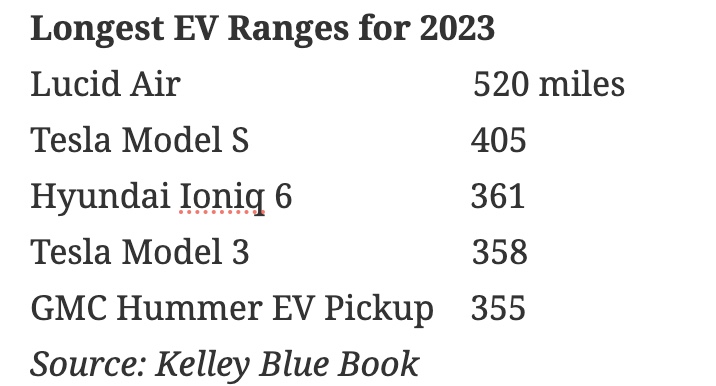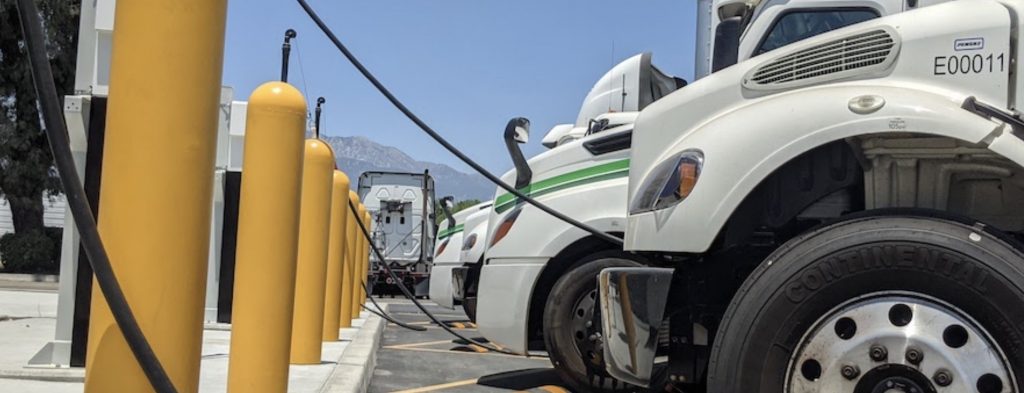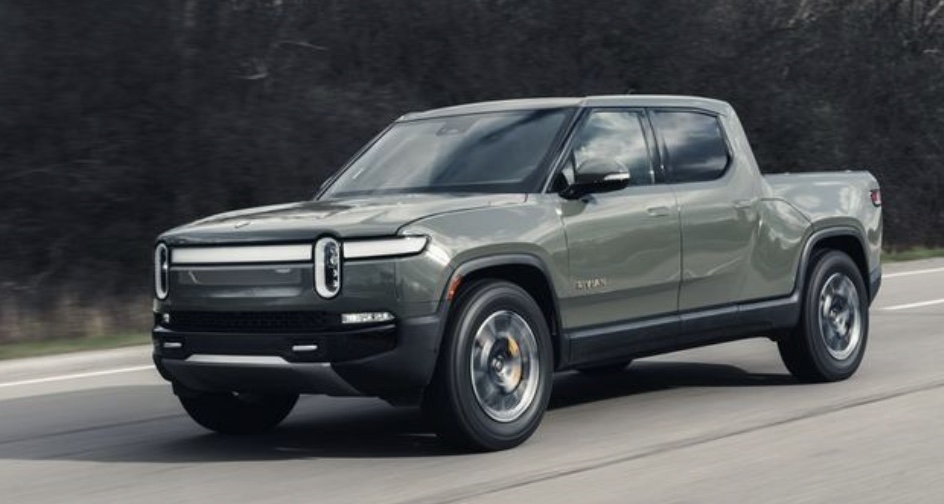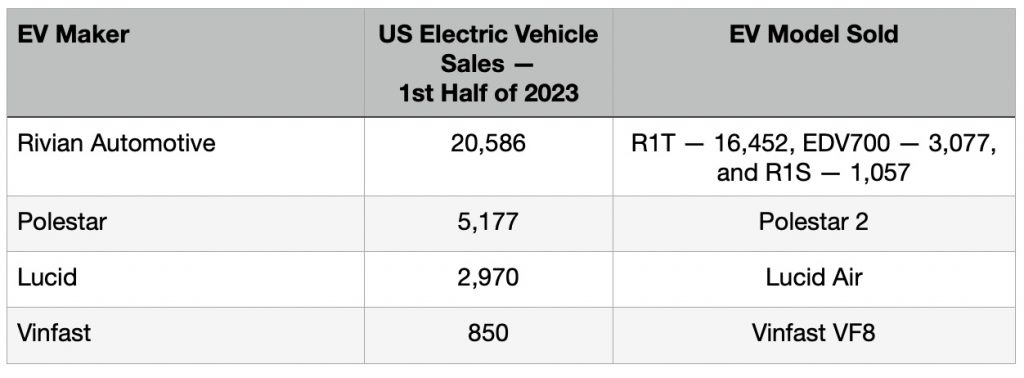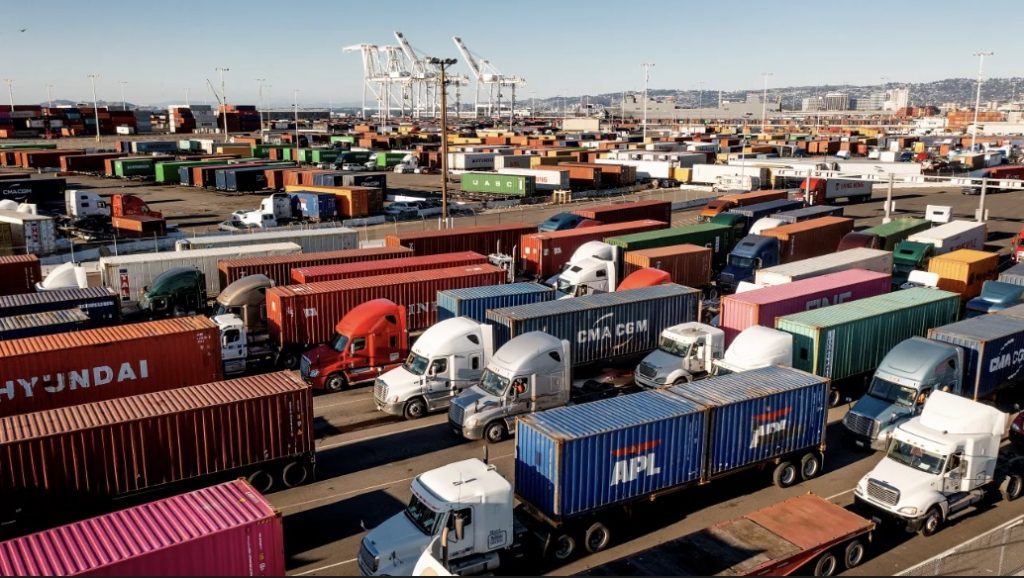
ACT Shipper-Carrier Connect:
Ports are at the heart of the global economy these days. They’re also a major source of smog and greenhouse gas emissions from the ships, trucks, and logistics providers serving them. GNA, a TRC company and organizers of the Advanced Clean Transportation (ACT) Expo, just announced the inaugural ACT Shipper-Carrier Connect event, taking place May 22-23, 2024, in Las Vegas, co-located with ACT Expo, to unite shippers, carriers, and logistics providers to shape the future of sustainable freight. Sustainability is a new business priority for freight and logistics companies, GNA says, and this event will showcase how effective collaboration can enable shippers and carriers to achieve shared economic and environmental sustainability goals.
Eco-friendly cargo ships:
Los Angeles, Long Beach, New York and New Jersey, Georgia Ports (Savannah and Brunswick), Seattle-Tacoma, Houston, Oakland, South Carolina Ports (Georgetown and Charleston), Port Metro Vancouver, and Virginia (Hampton Roads region) are the largest ports in North America, according to Shipa Freight. One of the big frustrations for those advocating ports to reduce their emissions significantly is getting shippers to cooperate. They’re international companies, many times from China, Denmark, and other countries, and outside U.S. laws. Danish-company Maersk and other shipping companies are trying out methanol, ammonia, and hydrogen as viable alternative fuels. Canadian company Ballard Power has been very involved with these test projects by providing its fuel cell modules. The first vessels to embark on their maiden voyages last year were Norled’s MF Hydra — the world’s first liquid hydrogen-powered ferry — operating in Norway; FPS Waal, a retrofitted cargo vessel expected in service on the Rhine River in Holland; and Zulu06, the first inland cargo transport vessel on the river Seine in France.
Another profitable year for Clean Harbors:
Clean Harbors, Inc. just reported its ninth consecutive quarter of year-over-year growth; and that revenue was up 4.7% year over year in the fourth quarter — with the same number for all of 2023, according to WasteDive. The U.S.-based company is a provider of environmental and industrial services, including hazardous waste disposal for clients that include companies, small waste generators, and federal, state, provincial and local governments — including serving major ports. Safety-Kleen, a Clean Harbor company, is where much of that happens.
European Alternative Fuels Observatory:
For those wondering how alternative fuels and vehicles have been doing in Europe, go to this website to have your questions answered. If you’re interested in learning how many battery electric vehicles, plug-in hybrid electric vehicles, hydrogen fuel cell, propane-powered, and LPG- and CNG-powered vehicles are on their roads, go visit this site. You can compare by country, overall vehicles and fleet vehicles, infrastructure, legislation and incentives, and other useful information. European Alternative Fuels Observatory is the European Commission’s knowledge center, offering a wealth of data on alternative fuels in Europe.
The future of used EV batteries:
A documentary that I recently watched forecasted that planet Earth is heading for big trouble with climate change, dependence on fossil fuels, air pollution, over-population and overdevelopment, and landfills full of waste, driving the destruction. One of the examples given in the film was how bad disposal of used batteries from increasing electric vehicle ownership has been getting. For fleets and individual EV owners, staying current on options they have to make sure they’re battery packs are recycled or disposed of sustainably and efficiently is a good idea. Resource guides have been presented by Car and Driver and the Massachusetts Institute of Technology that are very much worth checking out.
Renewable fuel conferences coming up:
Advanced Biofuels USA’s calendar of events is the place to go for upcoming conferences on biofuels, renewable natural gas, algae, and other topics shaping the future of advanced fuels coming from feedstocks, manure, and organic waste materials. British event planner Active Communications International is hosting the Future of RNG North America 2024 that will be taking place in Houston on March 20-21, 2024. Experts and industry leaders will delve into case studies and success stories, showcasing how RNG projects have already revitalized the biogas world and contributed to energy independence. (And don’t forget that the RNG Coalition conference will be taking place Dec. 9-12, 2024, in Dana Point, Calif., at the Waldorf Astoria Monarch Beach Resort & Club.)………. Microalgae and macroalgae production, harvesting, extraction and new markets are being explored in a series of monthly webinars. Seaweed-based technologies have been proven outside the lab as scalable and economically feasible. Learn how other microalgae and macroalgae solutions are reaching commercial algae production and new markets…………. ABLC 2024 will be taking place March 13-15, 2024, in Washington, DC. It’s connected series of seven conferences and events in total on the most important issues in the circular bioeconomy right now. These include the Advanced Biofuels Summit, the Renewable Chemicals & Biomaterials Summit, the Green Hydrogen Summit, the Advanced Agriculture Summit, the Sustainable Aviation Summit, and the Biogas & RNG Summit, and the Circular Bioeconomy Policy Forum. In addition, there will be special events, forums, and workshops.
Cal Fleet Advisor assisting fleets in ZEVs:
For fleets needing to integrate zero emission vehicles and all that goes with it, the Cal Fleet Advisor program can be very much worth looking into. This free assistance program has helped more than 300 California fleets, and is available now for owners and operators of medium- and heavy-duty vehicles. It’s part of the state’s Hybrid and Zero-Emission Voucher Incentive Project (HVIP). HVIP is administered by CALSTART on behalf of the California Air Resources Board. It offers a personal advisor, resources to consider, and funding process assistance.
More about hydrogen and fuel cell transportation:
Need more information on hydrogen and fuel cell vehicles? For one, hydrogen stores and transports energy produced from other resource. See the ‘7 Fun Facts on Hydrogen & Fuel Cells’ at NREL for more information. One of the major challenges has been that hydrogen has very high energy for its weight, but very low energy for its volume, so new technology is needed to store and transport it. And fuel cell technology is still in early development, needing improvements in efficiency and durability. This video provides insights into where it’s going — as does the California Hydrogen Leadership Summit. That conference will be taking place June 16-17, 2024, at the Sheraton Grand in Sacramento. During “Hydrogen Decarbonizing Transportation,” speakers will take a close look at policy changes needed at both federal and state levels to empower the use of hydrogen fuel to help make transportation more climate friendly. They’ll explore the technologies offered by leading vehicle manufacturers and dig into the air quality regulations, such as the Advanced Clean Trucks and Advanced Clean Fleets rules that will require investment into hydrogen-fueled zero-emission transportation technologies.
The absolute importance of having safe water
As a few experts have said to me, if you’re interested in tracking the future of planet Earth, then pay attention to three areas: fossil fuels, energy, and water. Actor Matt Damon has been promoting the organization and website Water.org that was founded more than a decade ago by Damon and Gary White, a civil and environmental engineer. Their goal has been to work independently to help break down barriers between people in need and access to safe water. About 2.2 billion people lack access to safe water. The global nonprofit aims to bring water and sanitation to the world.
And in other news……………..
Price cuts on Mustang Mach-E: Ford Motor Co. said yesterday that it had cut prices on its Mustang Mach-E electric SUV by up to $8,100 after sales fell sharply in January. It now has a starting price of $39,895, down from $42,995. The higher-end Mach-E GT will cost about $7,600 less, at $52,395. The extended-range premium version will drop in price by $8,100 to $48,895. Ford and other automakers, including Tesla, have had to cut sticker prices to get car shoppers to take that option more seriously.
Rivian cutting workforce down: Startup electric SUV and pickup truck maker Rivian said it would cut its workforce by 10% and that it’s EV production forecast widely missed estimates. The company says that it’s been hurt by downtime for factory upgrades and slowing demand for electric vehicles due to high interest rates. That could mean producing 57,000 new vehicles this year, down from the 81,700 units in the initial plan for 2024.
